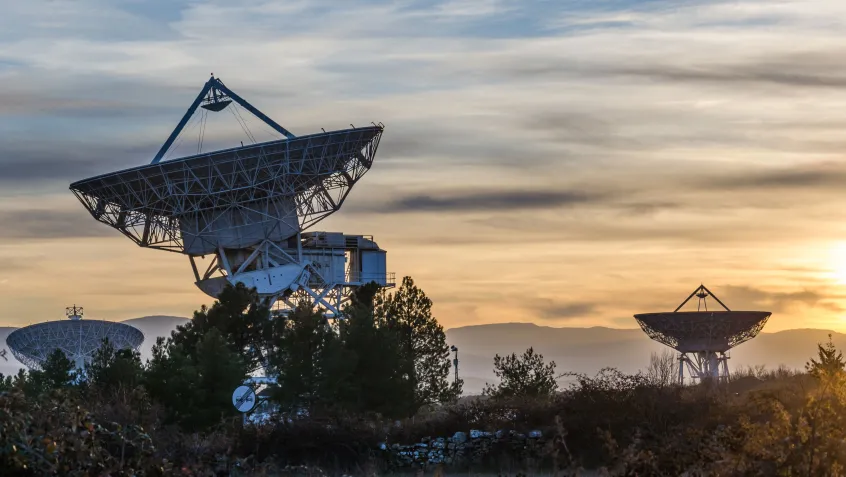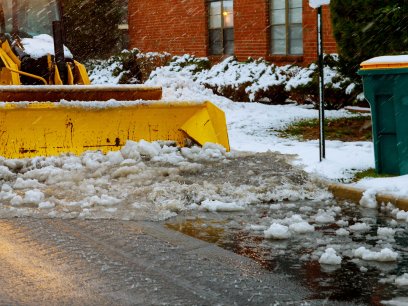
Have you ever wondered how scientists use data to understand past, present, and future climate change? They couldn’t do it without math. Data about our climate is collected from sources such as satellites, weather stations, buoys, weather balloons, ships, radars, tree rings, and ice cores. These data are then used to calculate climate-related information such as average ocean and air temperatures, rates of sea level rise, and greenhouse gas emission levels. For example, scientists study satellite sea surface height data to calculate sea surface temperatures. Higher sea heights indicate warmer temperatures because warmer water expands to fill more volume.
This information is then put into statistical equations to understand how the climate changed in the past and predict how it will change in the future. A few examples of trends that are modeled through these equations include arctic sea ice cover, carbon uptake from soil and water, and weather extremes associated with the hydrological cycle, such as droughts and hurricanes.
Get Involved
- Get involved with Math Awareness Month and explore how mathematics and statistics are the future of prediction, providing insights, and driving innovation.
Learn More
- Explore the Rooted in Math infographic to learn more about how math is used to study the environment.
- Learn more about how scientists calculate the earth’s temperature in this video by NASA Goddard.
Sources:
- American Mathematical Society. 2016. “Mathematical Moments: Predicting Climate” Accessed April 13. http://www.ams.org/samplings/mathmoments/mm76-climate-podcast#podcast
- NASA. 2015. "El Niño Conditions are Growing Stronger." Accessed April 13. http://earthobservatory.nasa.gov/IOTD/view.php?id=86341
- NOAA. 2016. “Geophysical Fluid Dynamics Laboratory: Climate Change.” Accessed April 13. http://www.gfdl.noaa.gov/climate-change
- NOAA. 2016. “Global Warming: Introduction.” Accessed April 13. https://www.ncdc.noaa.gov/monitoring-references/faq/global-warming.php


